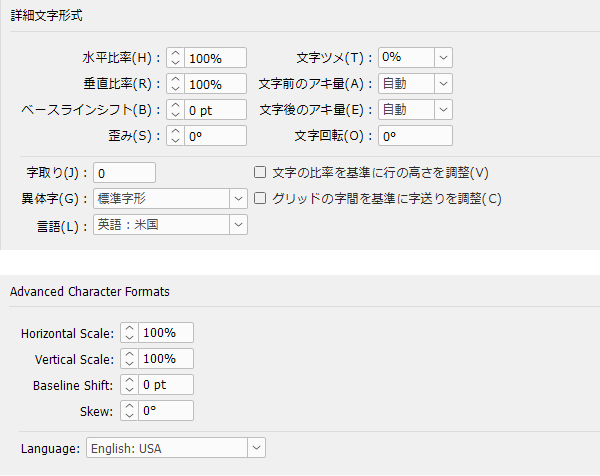
This time, it relates to the content introduced in the previous blog "Common Mistakes in IT and FA Translation ③ - Is the Subject the User or the System? Correct Translation Methods for Explanatory Texts in Tables".
Let's review the key points from the aforementioned blog.
Descriptions of functions, processes, operations, flows, etc. ...
・For user operations → Use imperative form
Example:
Set the configuration value for the mode you want to switch.
Set a setting value for the mode to be switched.
("Setting" is a user operation, not a system process, so the imperative form "Set" is used.)
・Processed by the system → Use the third person singular
Example:
Performs low speed cyclic transmission at the set period.
Performs low speed cyclic transmission at the set period.
("Transmission is performed" is a process of the system, not a user operation, so the third person singular "Performs" is used.)
However, machine translation often fails to distinguish whether verbs such as "set", "to set", and "setting" refer to user actions or system processes, and tends to unify them in the imperative form.
Therefore, it is necessary to pay attention during post-editing.
Let's take a look at some examples.
>>Related Download Materials: Nine Cases of Machine Translation Errors and Post-Editing & Post-Editing Checklist
- Table of Contents
-
1. System-side processing
- ■Source
- The installer will perform the following processes.
- • Confirmation of installation environment (OS) settings
- • Copy of the necessary files
- • Creation of symbolic links for serviceization
- ■Machine Translation
- The installer does the following:
- • Check the installation environment (OS) settings
- • Copy required files
- • Create symbolic links for service
- ■After Correction
- The installer performs the following processes.
- • Confirms the installation environment (OS) settings.
- • Copies the required files.
- • Creates a symbolic link before installing it as a service.
This is a description of the installer process (function), so the imperative form is inappropriate.
Therefore, we use the third person singular to clarify that it is the installer on the system side that performs the process.
(👉 Points for Post-Editing: Regardless of whether the original text has a period or not, it is recommended to treat expressions that start with imperative forms or third-person singular in the translated text as complete sentences and to add a period at the end.)
Let's take a look at another example.
2. System Functions
- ■Source
- The integrated screen function provides the following features.
- • Integrate and display various operational management screens
- • Customize screen layout
- • Save and restore customized screen layouts
- ■Machine Translation
- The integrated screen function provides the following functions.
- • Display various operation management screens in an integrated manner
- • Customize the screen layout
- • Save and restore customized screen layouts
- ■After Correction
- The integrated screen function performs the following.
- • Displays various operation management screens in an integrated manner.
- • Customizes the screen layout.
- • Saves/restores a customized screen layout.
Similar to the previous example, the functions for displaying, customizing, saving, and restoring are integrated screen features on the system side, not the user side, so it is necessary to change all imperative forms to the third person singular.
(👉 Points of post-editing: "The integrated screen function provides the following functions." is not particularly problematic, but since the original text is redundant, I changed the translation to make it more readable, meaning "The integrated screen function performs the following.".)
For items processed on the system side, depending on the situation, different grammar or structures may be used instead of the third person singular. Let's look at some relevant examples.
3. Function Processing Flow
- ■Source
- The processing flow for packet capture monitoring is as follows.
- 1. Register Monitoring Settings
- 2. Capture packets from all network cards present on the target node
- 3. Output the dump file when the specified number of packets has accumulated
- 4. Execute monitoring and collection processes on the output dump file
- ■Machine Translation
- The processing flow of packet capture monitoring is as follows.
- 1. Register monitoring settings
- 2. Get packets from all network cards on the target node
- 3. Output a dump file when the specified number of packets is accumulated
- 4. Execute monitoring / collection processing for the output dump file
- ■After Correction
- The process flow of Packet Capture Monitor is as follows.
- 1. The monitor setting is registered.
- 2. Packets are collected from all network cards existing on the target node.
- 3. A dump file is output when the number of packets reaches the specified amount.
- 4. Monitoring and data collection are executed for the output dump file.
This is an explanation of the processing flow, not a description of the features. Therefore, it is natural to bring the object of the verb to the front as the subject and use one of the structures of the fifth sentence pattern.
The errors introduced this time are commonly seen in both human translation and machine translation.
Such errors can confuse the reader, so it is necessary to understand which grammar is appropriate according to the context and to correct them properly.
In my personal opinion, no matter how much the quality of (neural) machine translation improves in the future, I believe it will be difficult for machine translation to accurately distinguish whether a certain verb is processed on the system side or the user side, and to generate the correct translation.
Therefore, I think that addressing such errors is essential in post-editing tasks for technical documents and operation manuals.
>>Related Download Materials: Nine Cases of Machine Translation Errors and Post-Editing & Post-Editing Checklist




























